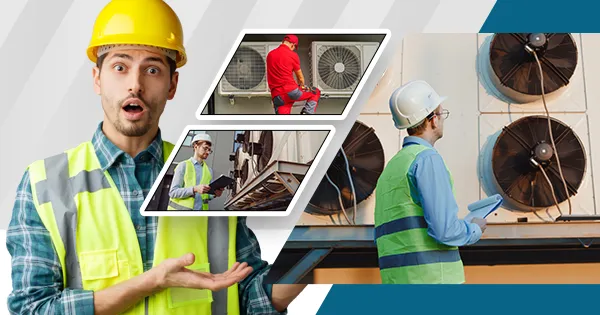The Ultimate Safety Checklist: Identifying and Responding to Potential Security Threats in Schools
Ensuring the safety and security of students, staff, and visitors in schools is more critical than ever. Educational institutions face an increasing number of challenges, from physical threats to health-related risks. A comprehensive safety checklist helps identify vulnerabilities and implement effective responses to potential threats. This guide provides essential steps that schools should take to create a secure and healthy learning environment.
1. Conduct a Comprehensive Risk Assessment
Begin by identifying potential threats, such as unauthorized intrusions, bullying, vandalism, or health hazards. Conducting a thorough risk assessment helps administrators understand the specific challenges their facility faces and develop targeted strategies to mitigate them.
2. Implement Access Control Measures
Controlling who enters and exits the school premises is essential. Schools should invest in security systems like surveillance cameras, secured entry points, visitor logs, and staff ID badges to ensure that only authorized individuals can access the building.
3. Employ Professional Security Services
Having a reliable on-site security presence significantly enhances safety. Trained professionals can monitor activities, respond to emergencies, and deter potential threats. Partnering with a trusted security service provider in the UK ensures that schools are protected by experienced personnel equipped to handle various scenarios.
4. Promote Emergency Preparedness
Schools should regularly conduct emergency drills, including fire drills, lockdowns, and evacuation exercises. Staff and students must be trained on protocols to follow during emergencies, and clear signage should guide them to safe zones.
5. Maintain Clean and Hygienic Premises
Cleanliness plays a crucial role in preventing the spread of illnesses and creating a safe atmosphere. Regular disinfection of classrooms, cafeterias, and restrooms is vital. Engaging with professional disinfection cleaning services in the UK can help maintain high hygiene standards, especially during flu seasons or outbreaks.
6. Monitor Mental Health and Behavior
Security threats can also stem from within. Monitoring students’ mental well-being and behavioral changes helps in early detection of potential internal risks. Provide counseling services and promote open communication to support students facing difficulties.
7. Secure Digital Infrastructure
Cybersecurity is often overlooked in school safety plans. Protecting student records, internal communication, and online learning platforms from cyber threats is crucial. Schools should invest in secure networks and educate staff and students on digital safety practices.
8. Collaborate with Local Authorities
Maintaining communication with local police, fire departments, and emergency services ensures quicker response times and better preparedness. Establish protocols for alerting authorities in case of emergencies.
Conclusion
By following a well-rounded safety checklist, schools can significantly reduce potential threats and create a secure learning environment. From physical security and hygiene to mental health and digital safety, every element plays a role in comprehensive protection. Regularly reviewing and updating security strategies ensures continued resilience in the face of evolving threats.







